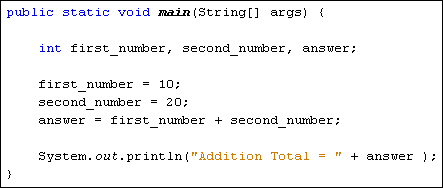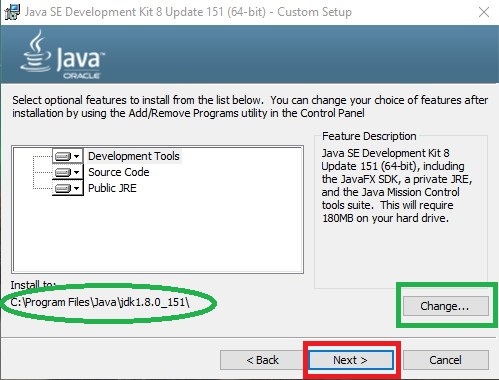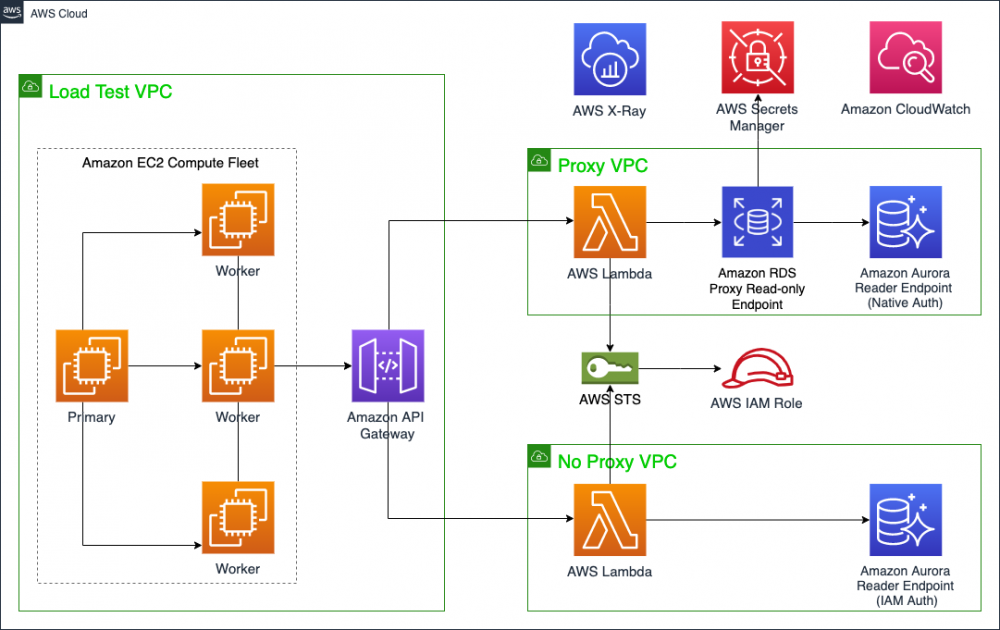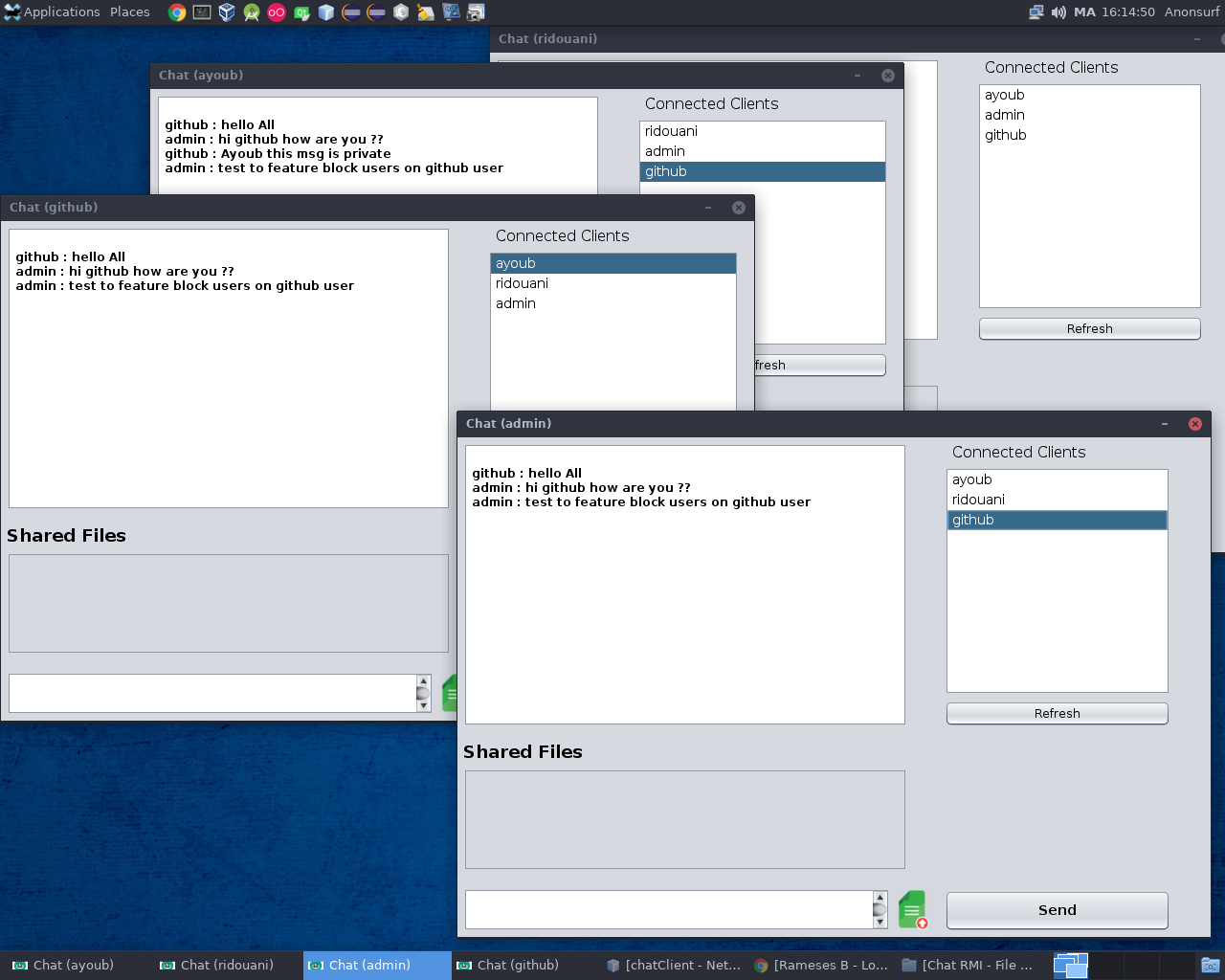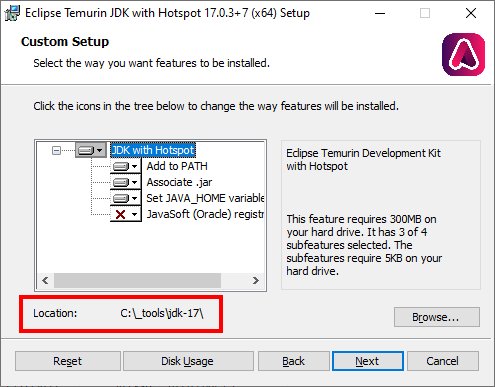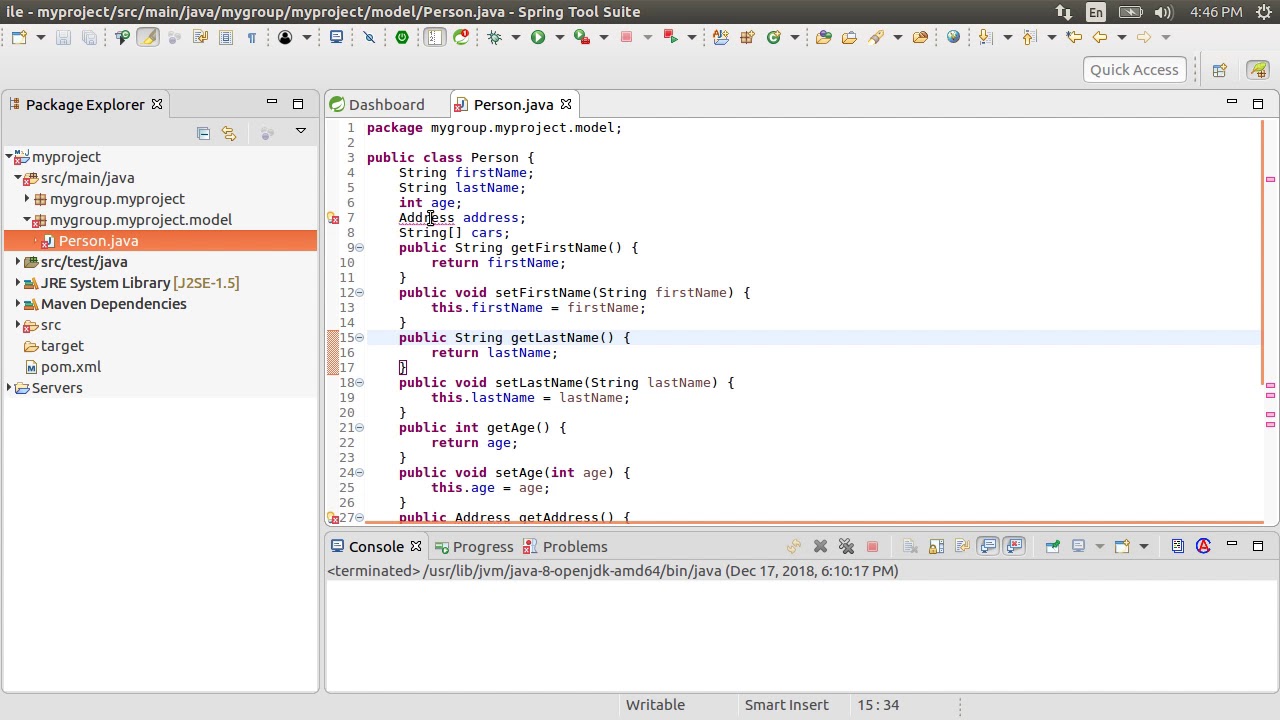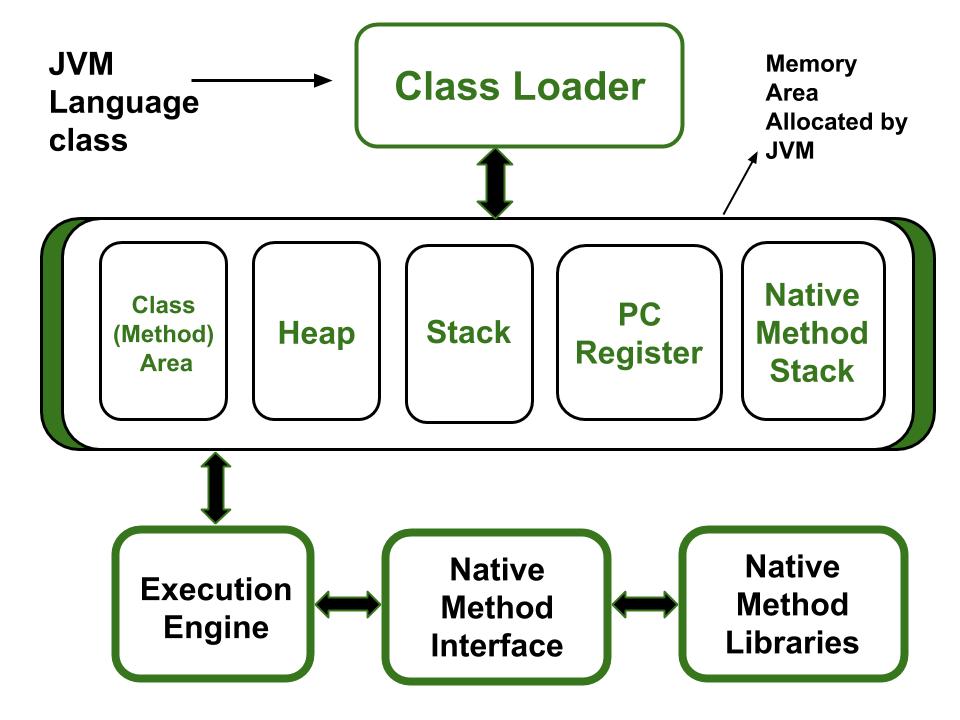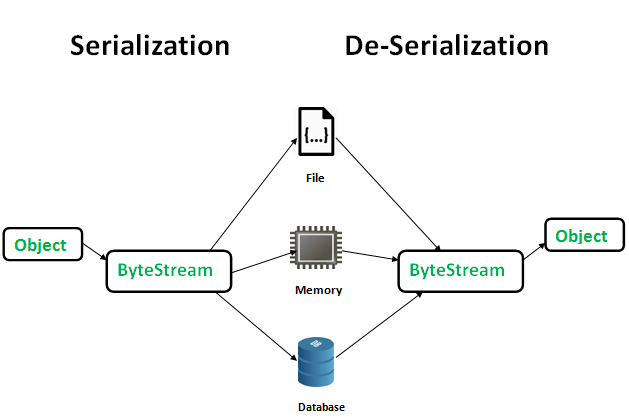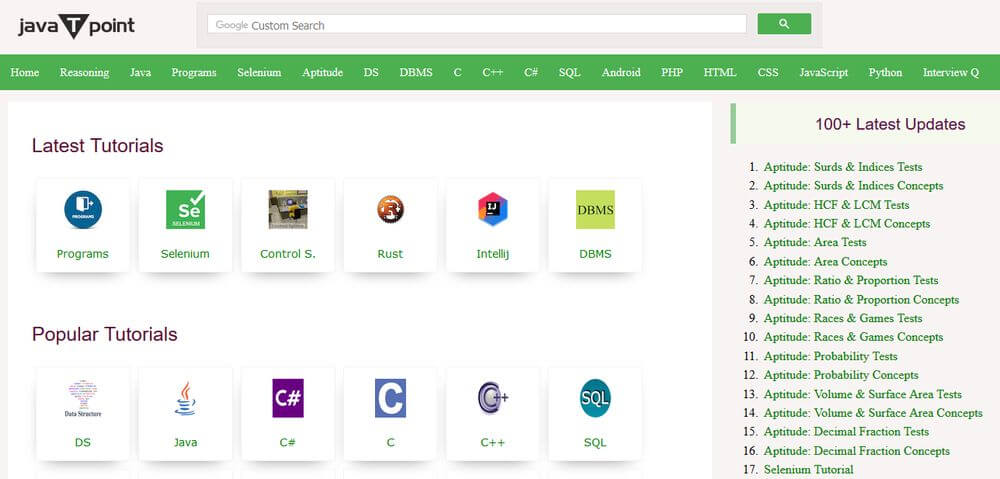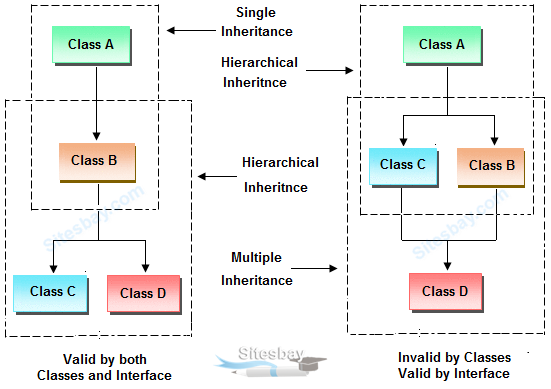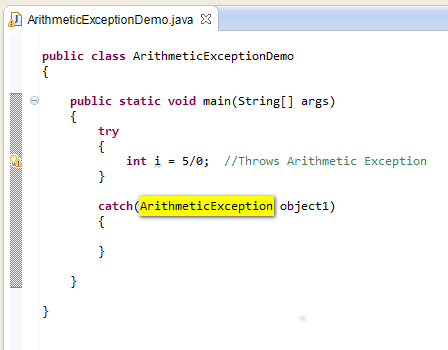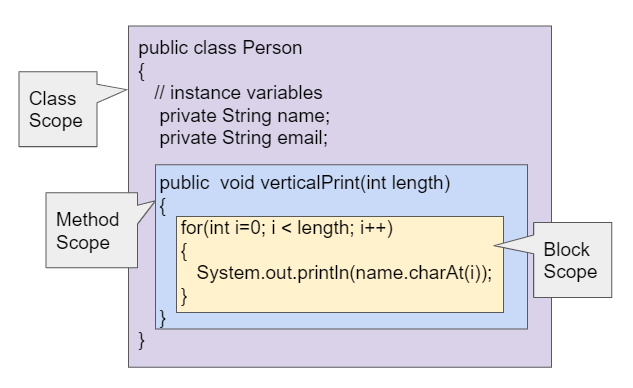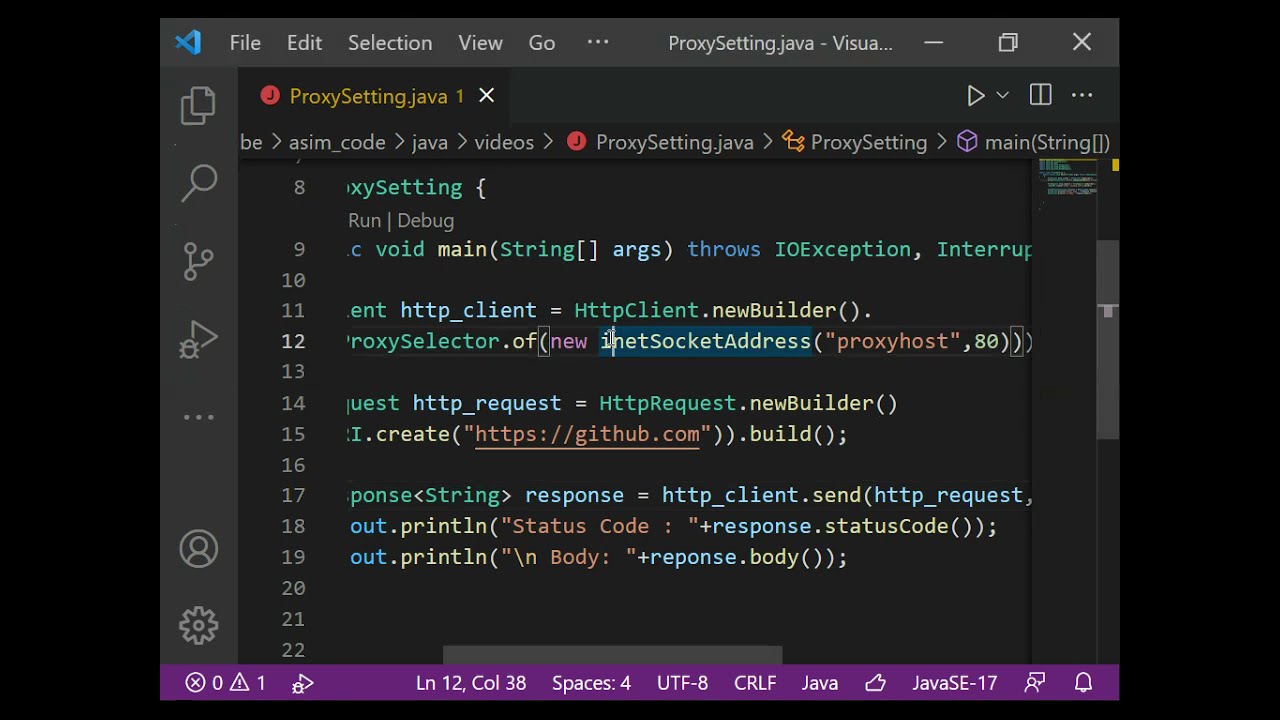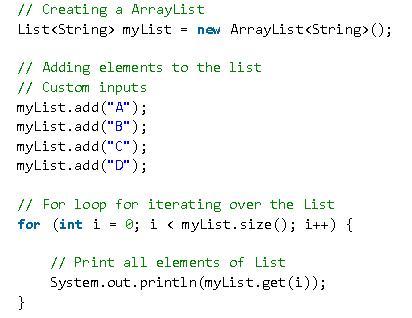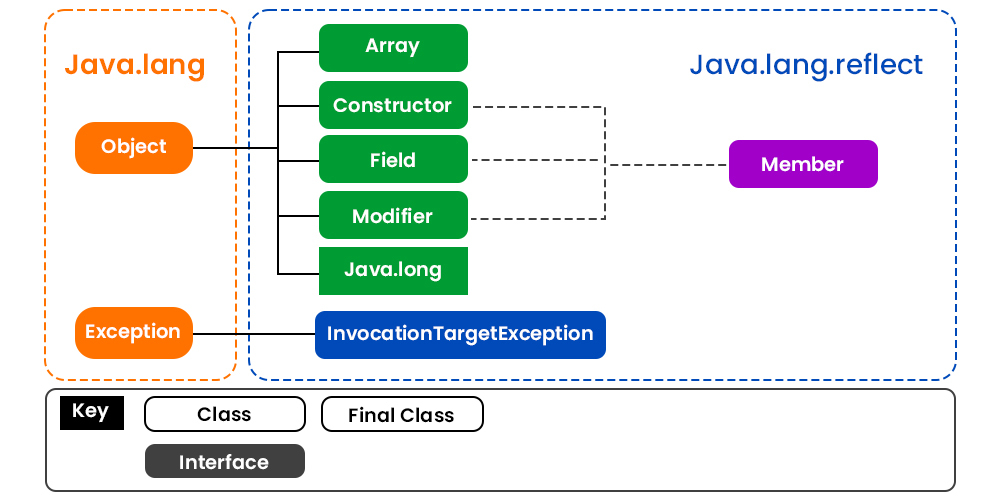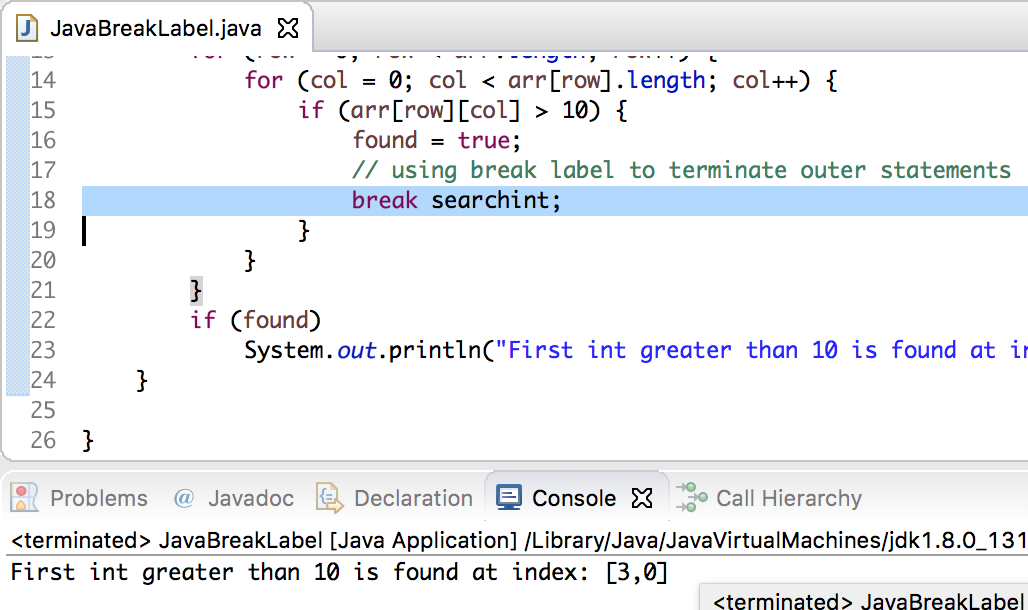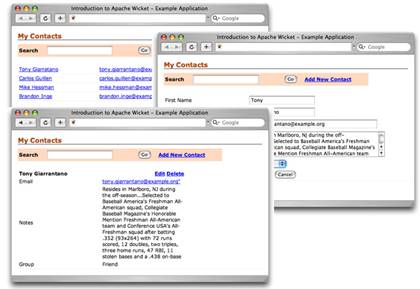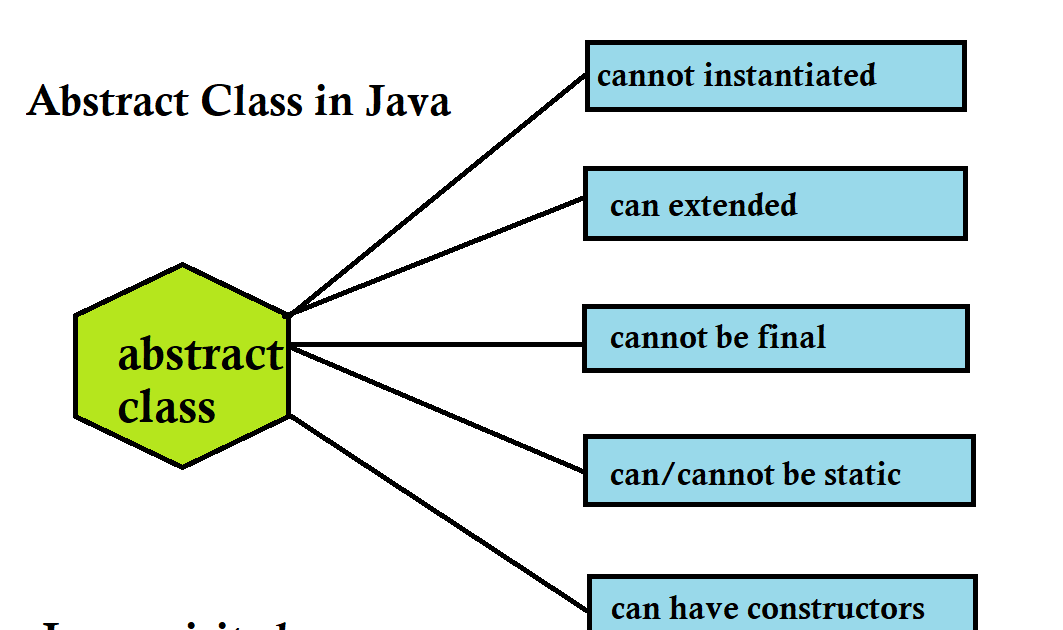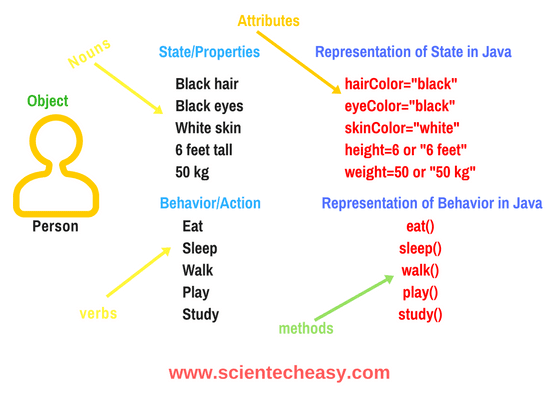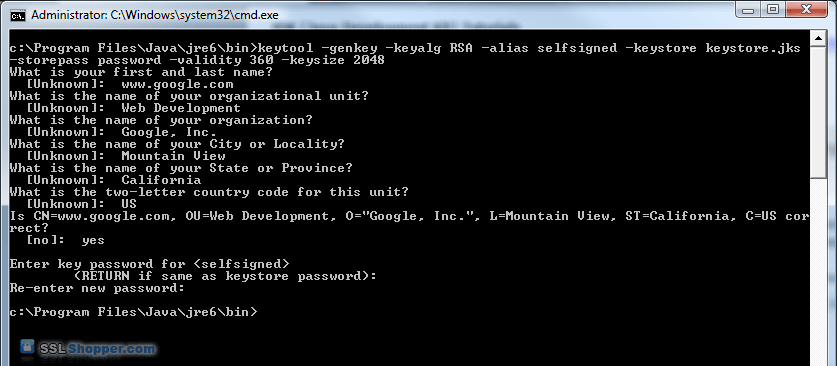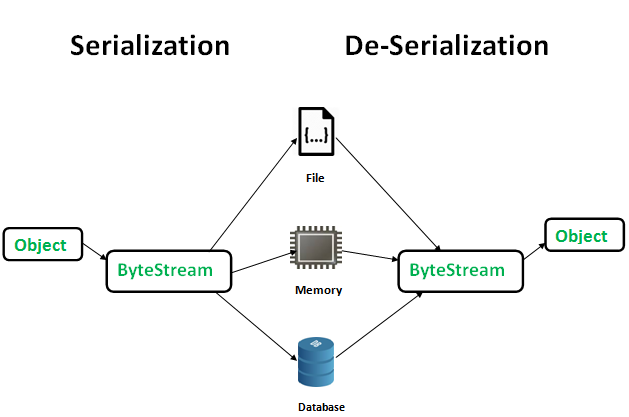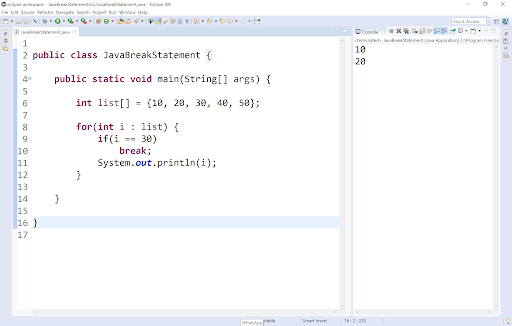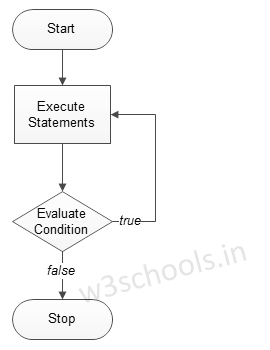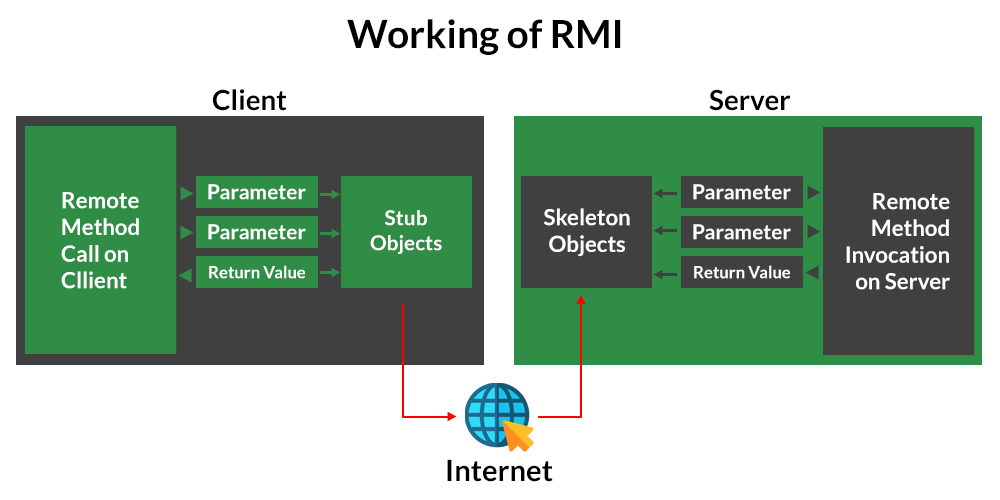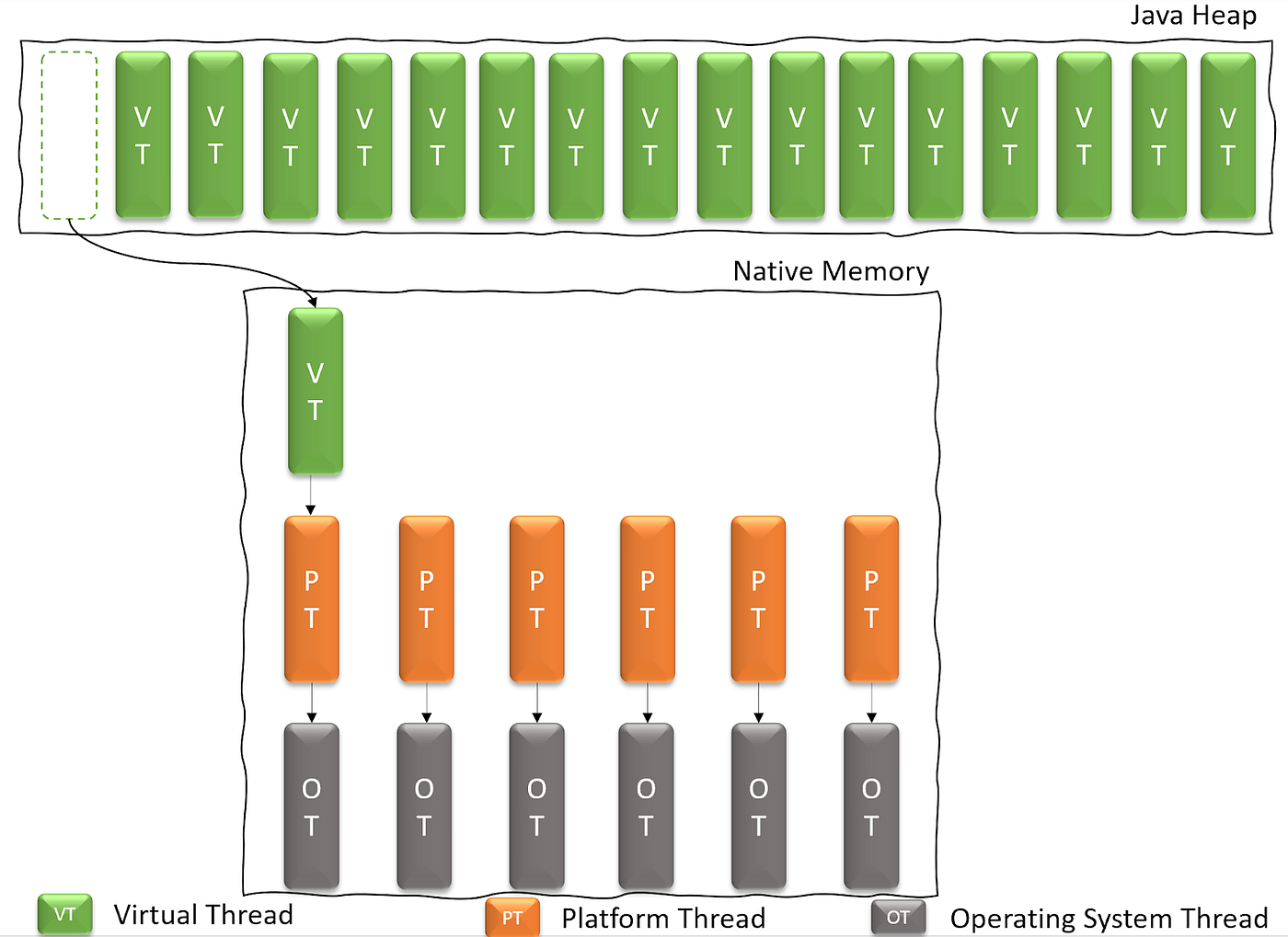What is the difference between Java and NetBeans?
What is the difference between Java and NetBeans?
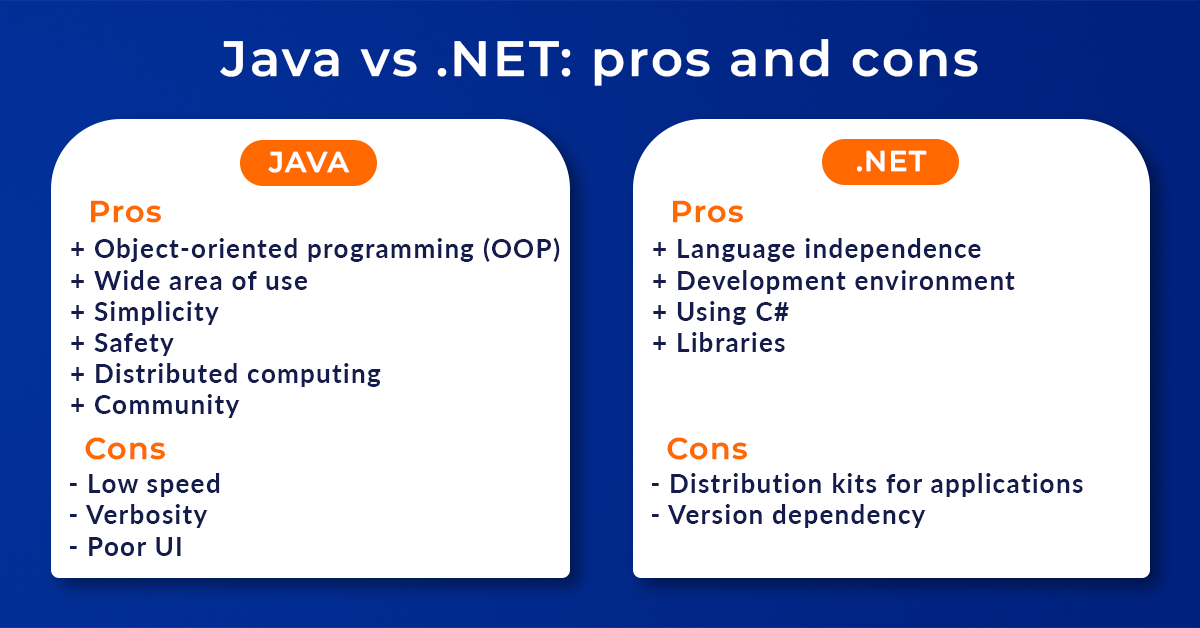
Java and NetBeans are two distinct technologies that often get mixed up. Here's a detailed explanation of what each is, their differences, and how they're used.
Java
Java is a high-level programming language developed by Sun Microsystems (now owned by Oracle Corporation). It's an object-oriented language that runs on the Java Virtual Machine (JVM), which allows it to run on multiple platforms, including Windows, macOS, Linux, Android, and many others. Java is known for its "write once, run anywhere" motto.
Java is a general-purpose language used for developing various types of applications, such as:
Desktop applications: Java is often used to build desktop applications, like IDEs, media players, and games. Web applications: Java can be used to develop web applications, including servlets, JSPs, and WAR files. Mobile applications: Java is used in Android app development, as well as other mobile platforms. Embedded systems: Java is used in various embedded systems, such as set-top boxes, printers, and more.Some of the key features of Java include:
Platform independence: Java code can run on any platform that has a JVM, without modification. Object-oriented programming: Java supports object-oriented principles like encapsulation, inheritance, and polymorphism. Multithreading: Java has built-in support for multithreading, making it suitable for developing concurrent applications.NetBeans
NetBeans is an integrated development environment (IDE) developed by Oracle Corporation. It's primarily used for building Java-based applications, but also supports other languages like PHP, Python, and Ruby.
NetBeans offers a range of features to facilitate the development process, including:
Code completion: NetBeans provides code suggestions and auto-completion, helping developers write efficient code. Syntax highlighting: The IDE highlights syntax errors and warnings in real-time, making it easier to identify mistakes. Debugging: NetBeans includes built-in debugging tools, allowing developers to step through their code and inspect variables. Project management: The IDE provides features for managing projects, including project structure, file organization, and dependencies.NetBeans supports various Java-based technologies, such as:
Java Standard Edition (Java SE): For developing desktop applications, web applications, or mobile apps. Java Enterprise Edition (Java EE): For building enterprise-level applications that require a server-side runtime environment. Android: NetBeans provides tools for developing Android apps, including debugging and testing capabilities.Key differences between Java and NetBeans
Language vs. IDE: Java is a programming language, while NetBeans is an integrated development environment (IDE). Purpose: Java is used to build applications, whereas NetBeans is designed to help developers write and manage code for those applications. Scope: Java is a general-purpose language with a wide range of application domains, while NetBeans is primarily focused on Java-based development.In summary, Java is the programming language that's widely used for building various types of applications, including desktop, web, mobile, and embedded systems. NetBeans is an IDE specifically designed to support Java-based development, offering features like code completion, debugging, and project management. While both are essential tools for any Java developer, they serve different purposes and have distinct characteristics.
What is netbeans used for in java eclipse
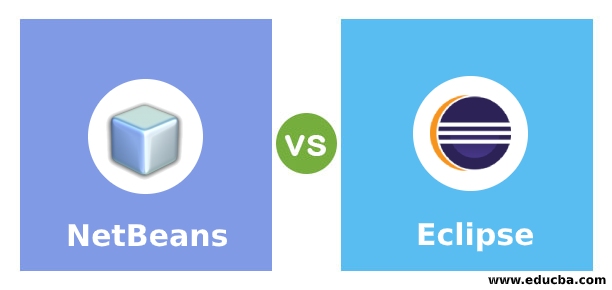
NetBeans is an Integrated Development Environment (IDE) that allows developers to create and manage Java-based projects. Although Eclipse is also a popular IDE for Java development, NetBeans has its own set of features and uses that make it a valuable tool in the Java ecosystem.
One of the primary uses of NetBeans is as a comprehensive development environment for building and testing Java applications. With its robust set of tools and plugins, NetBeans provides developers with an efficient way to write, compile, debug, and test their Java code. This includes features such as:
Code completion: NetBeans offers intelligent code completion that helps developers write cleaner and more concise code by providing suggestions for method names, variable declarations, and other syntax. Syntax highlighting: NetBeans's syntax highlighting feature makes it easier to read and understand Java code by using different colors and fonts to highlight different parts of the code, such as variables, methods, and comments. Code refactoring: NetBeans includes a range of refactorings that help developers simplify their code and improve its maintainability. This includes features like renaming variables or moving code blocks around. Debugging tools: NetBeans provides a range of debugging tools, including breakpoints, watchpoints, and a visual debugger that allows developers to step through their code and examine variables.In addition to these core development features, NetBeans also has a number of plugins and integrations that make it a versatile tool for Java development. For example:
Maven and Gradle support: NetBeans provides built-in support for Maven and Gradle, two popular build tools used in the Java ecosystem. Web development: NetBeans includes tools for developing web applications using Java Servlets, JSP, and JSF, as well as Spring and Hibernate frameworks. Android development: NetBeans has plugins for developing Android apps, including tools for building and testing Android projects. Testing and debugging: NetBeans provides a range of testing and debugging tools, including test runners, debuggers, and profilers.While Eclipse is also a popular IDE for Java development, NetBeans has its own strengths and weaknesses that make it a valuable tool in the Java ecosystem. For example:
Ease of use: NetBeans is often considered easier to learn and use than Eclipse, especially for developers who are new to Java or looking to switch from another IDE. Rich feature set: NetBeans includes a range of features and plugins that provide developers with a comprehensive development environment for building and testing Java applications. Strong support for web development: NetBeans has strong support for web development using Java technologies such as Servlets, JSP, and JSF, making it a popular choice among web developers.In conclusion, NetBeans is an Integrated Development Environment that provides developers with a comprehensive set of tools and plugins for building and testing Java applications. While Eclipse is also a popular IDE for Java development, NetBeans has its own strengths and weaknesses that make it a valuable tool in the Java ecosystem.
